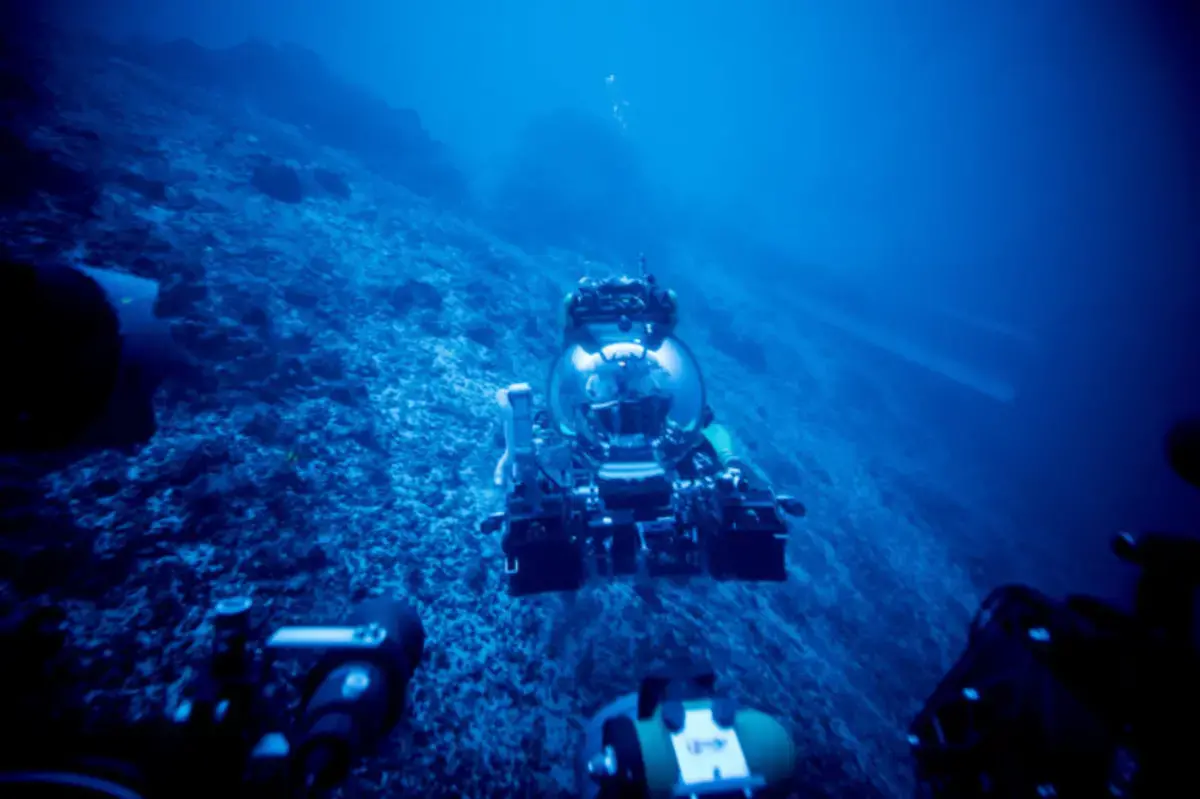Faculty Member Tim Schroeder Co-Authors Study on Geological Carbon Cycle
Bennington College science faculty member Tim Schroeder co-authored a journal article, “Mineral Carbonation of Peridotite Fueled by Magmatic Degassing and Melt Impregnation in an Oceanic Transform Fault,” that was published in the most recent issue of Proceedings of the National Academy of Sciences (PNAS).

In order to fully understand modern human-caused climate change, we need to understand natural climate fluctuations in Earth’s deep past, which are tied to perturbations in Earth’s natural carbon cycle,” said Schroeder. “Large changes in such carbon fluxes over millions of years have caused Earth’s climate to be much warmer or colder than it is today.
Schroeder worked with Frieder Klein, an associate scientist in the Marine Chemistry & Geochemistry Department at the Woods Hole Oceanographic Institution (WHOI), with funding from the Dalio Ocean Initiative, the Independent Research & Development Program at WHOI, and the National Science Foundation, to analyze rocks collected from a transform fault, where tectonic plates move past each other, about 500 km off the coast of Brazil.
By studying the formation of these rocks, Schroeder and Klein could see evidence of trapped CO2. The amount of CO2 trapped in the rocks reveals significant carbon fluxes related to magmatic activity, a previously unknown part of the geological (very long-term) carbon cycle, which regulated Earth’s climate during prehuman times.
Both Schroeder and Klein are careful to note that the rate of CO2 emission at the transform faults is negligible compared to the amount of human-emitted CO2.
“On geological timescales and before humans emitted so much CO2, geological emissions from Earth’s mantle—including from transform faults—were basically the driving force of Earth’s climate,” said Klein.
An important part of my work at Bennington is advancing the scientific understanding of Earth processes,” said Schroeder. “I feel fortunate to have great collaborators at Woods Hole Oceanographic Institution to continue this important work.